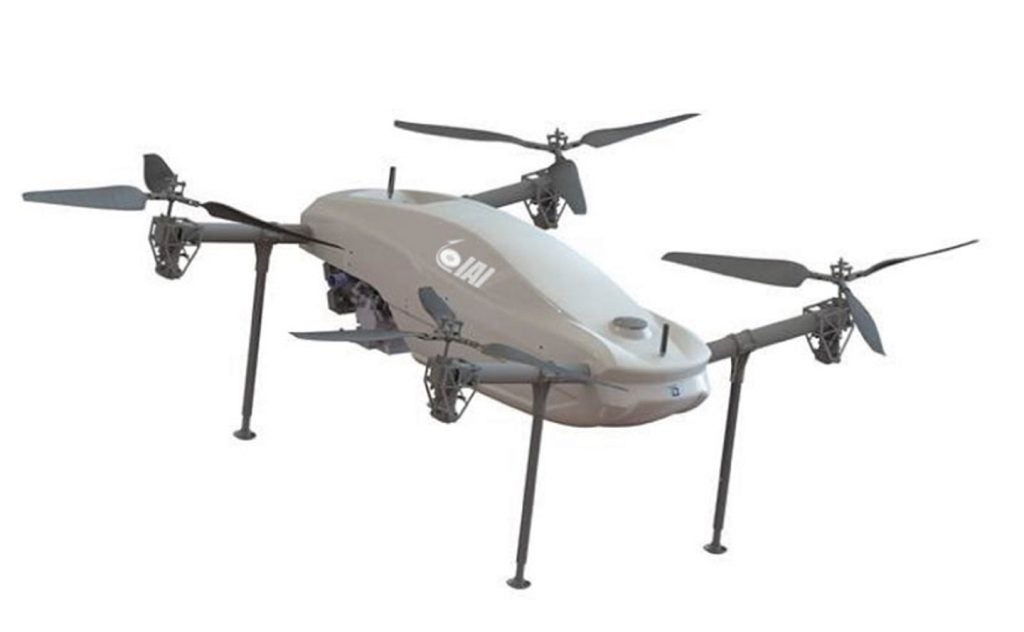
Raytheon has completed the fourth planned launch and early orbit exercise of the US Air Force’s (USAF) Global Positioning System (GPS) III satellite and operational control system (OCX).
The exercise was jointly carried out with GPS III satellite manufacture Lockheed Martin. It was designed to demonstrate new automation capabilities, information assurance, and launch readiness of the next-generation spacecraft and OCX.
The test used the latest baseline of Raytheon’s OCX launch checkout system (LCS) software featuring integrated information assurance functionality and the latest version of GPS III satellite simulator. It demonstrated mission planning and scheduling capabilities with the simulated Air Force Satellite Control Network (AFSCN) for the first time.
Specifically, a replan scenario that would be implemented in the event of a launch slip was demonstrated.
In addition, the system automatically generated antenna pointing angles for the simulated air force satellite control network (AFSCN), which until now have been manually generated.
See Also:
Raytheon GPS OCX programme manager vice-president Matthew Gilligan said: "As part of establishing the LCS Block 0 baseline, the completion of Exercise 4 demonstrates the capability of OCX to successfully support a GPS-III satellite launch in an information assurance hardened environment.
How well do you really know your competitors?
Access the most comprehensive Company Profiles on the market, powered by GlobalData. Save hours of research. Gain competitive edge.

Thank you!
Your download email will arrive shortly
Not ready to buy yet? Download a free sample
We are confident about the unique quality of our Company Profiles. However, we want you to make the most beneficial decision for your business, so we offer a free sample that you can download by submitting the below form
By GlobalData"Exercise 4 began the instantiation of vital OCX automation capabilities that give operators their time back in order to focus on mission critical activities, one of the important elements of a modernised GPS."
Lockheed Martin Navigation Systems mission area vice-president Mark Stewart said: "Launch Exercise 4 demonstrated the team’s ability to complete nearly 100% of the GPS III space vehicle 1 launch and early orbit mission sequence.
"The findings the team made during this robust launch exercise will help mature the processes, procedures, and tools necessary to enter our rehearsal phase, and ultimately the launch and checkout mission."
The companies have so far completed three exercises, introduced manoeuvre planning and reconstruction capabilities, and have carried out advanced planning and scheduling with AFSCN assets.
Next year, they will conduct the fifth and final launch and early orbit exercise.
A family of next-generation satellites designed to replace USAF’s existing GPS constellation, GPS III will deliver three times better accuracy, provide up to eight times improved anti-jamming capabilities, and will feature a new L1C civil signal for interoperability with other international global navigation satellite systems.
OCX is integrated with built-in automation and compact service-oriented architecture. It is an advanced operational gateway service providing the GPS constellation with command, control and mission management, and improved defence against existing and future cyber threats.
Image: An artistic impression of USAF’s GPS III satellite in orbit. Photo: courtesy of Lockheed Martin Corporation.







